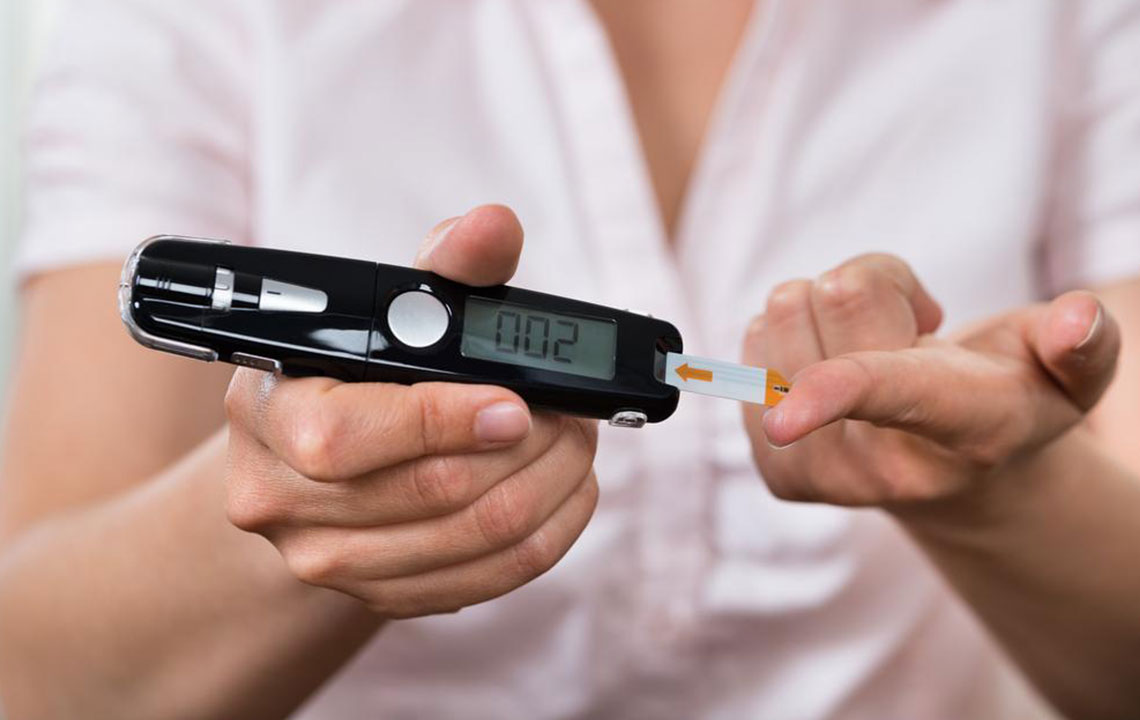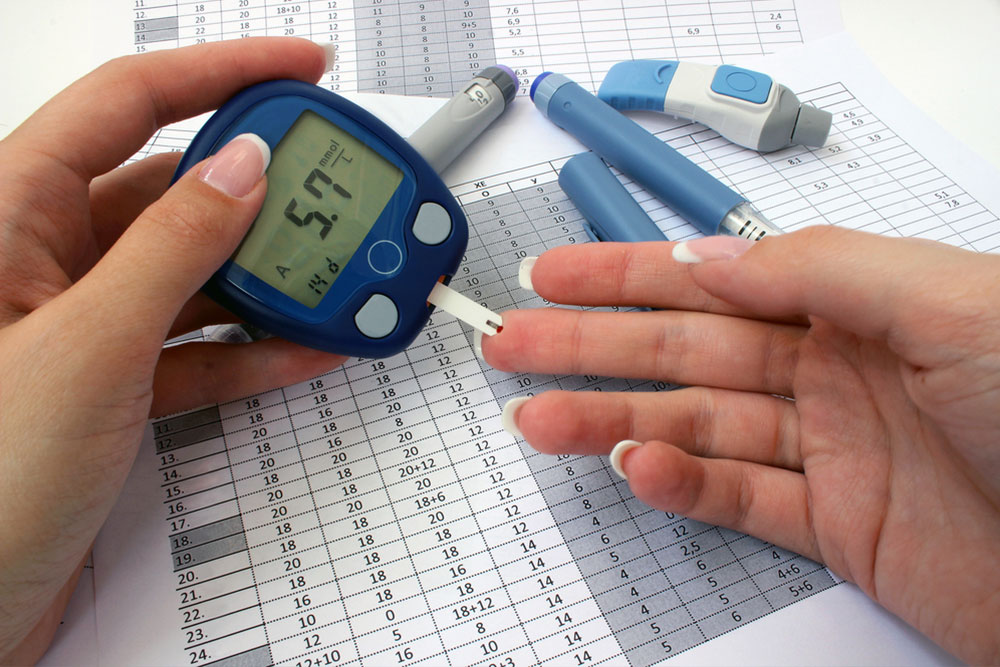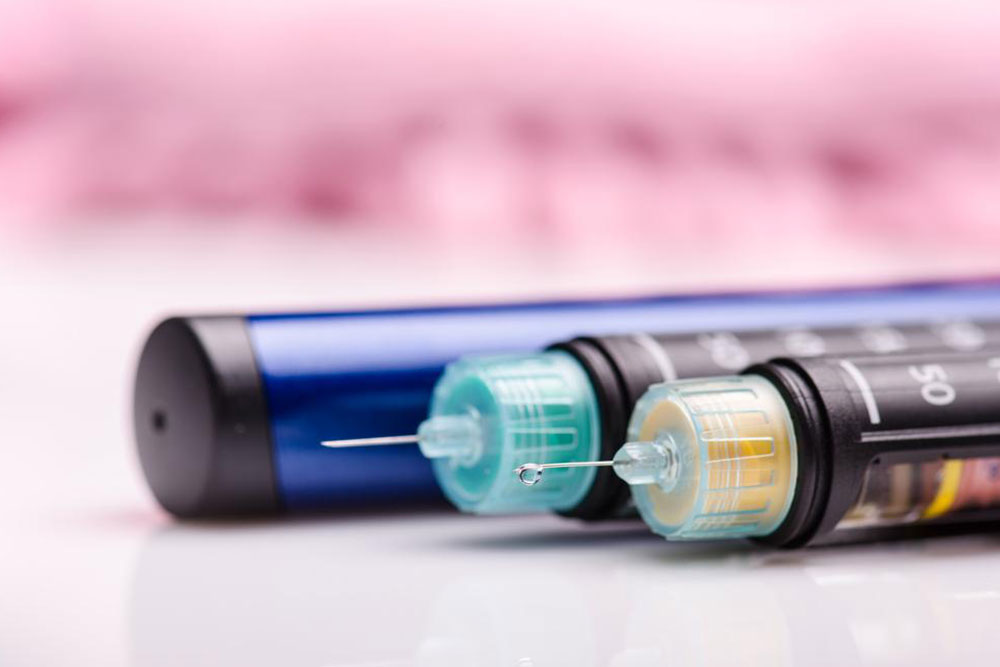Essential Tips for Selecting the Right Glucose Monitoring Device
Choosing the right blood glucose monitor is vital for effective diabetes management. This guide highlights essential considerations such as cost, usability, data management, and support features. By evaluating these factors, individuals can select a device suited to their needs, ensuring accurate readings and better health outcomes. Regular monitoring helps prevent complications like organ damage and improves overall control of blood sugar levels. Start your journey to effective diabetes care with informed device choices tailored to your lifestyle and budget.

Guidelines for Choosing an Effective Blood Glucose Meter
Managing diabetes effectively involves regular blood sugar testing. Understanding key aspects to consider before selecting a glucose monitor is crucial for proper diabetes management.
Diabetes is a lifelong condition impacting how your body processes glucose, leading to elevated blood sugar levels. It manifests mainly as type 1, often diagnosed in youth, where the body cannot produce insulin, and type 2, characterized by insulin resistance. Precise management is vital to prevent serious complications.
Whether dealing with type 1 or type 2 diabetes, ongoing monitoring is essential. Some type 2 cases can initially be managed through lifestyle changes like weight control, healthy eating, and activity. Over time, medications or insulin injections may become necessary. For type 1, daily insulin injections are the mainstay, as oral medications aren’t effective.
Signs of diabetes vary but commonly include intense hunger, excessive thirst, fatigue, frequent urination, irritability, unexplained weight loss, and blurred vision. Uncontrolled high blood sugar, or hyperglycemia, can cause damage to vital organs and lead to complications such as kidney issues, strokes, heart attacks, scarring problems, and sexual dysfunction. Regular blood sugar testing helps prevent these risks by maintaining proper glucose levels.
Self-monitoring through blood glucose tests is essential once you’re diagnosed. These tests reveal how lifestyle adjustments, medications, or insulin impact your blood sugar. By regularly checking your levels, you can promptly address spikes and stay within safe thresholds, thus improving overall management of your condition.
Modern glucose meters vary from basic models to advanced devices with multiple features, often comparable in size to a smartphone, priced between $20 and $70 depending on functionalities. Careful evaluation of your needs is recommended before choosing a device. Here are key factors to consider during selection:
Cost: While the device itself costs around $20 to $70, consumable test strips can cost about $1 per strip. Frequent testing can amount to over $100 monthly, so consider long-term expenses when making your choice.
User-Friendly Design: Choose a device that’s easy to operate, with quick result display, simple blood application, and comfortable handling to ensure consistent usage.
Data Storage and Connectivity: Some models include software that logs testing results, dates, and trends, or allow data transfer to smartphones and computers. Selecting such a device can help track your progress over time.
Support and Instructions: Opt for meters with clear user instructions and accessible customer support via helplines to troubleshoot issues effectively.
Additional features like large buttons, illuminated screens, or audio prompts may enhance usability. Thorough research ensures you select a glucose monitor tailored to your needs for effective self-management.










